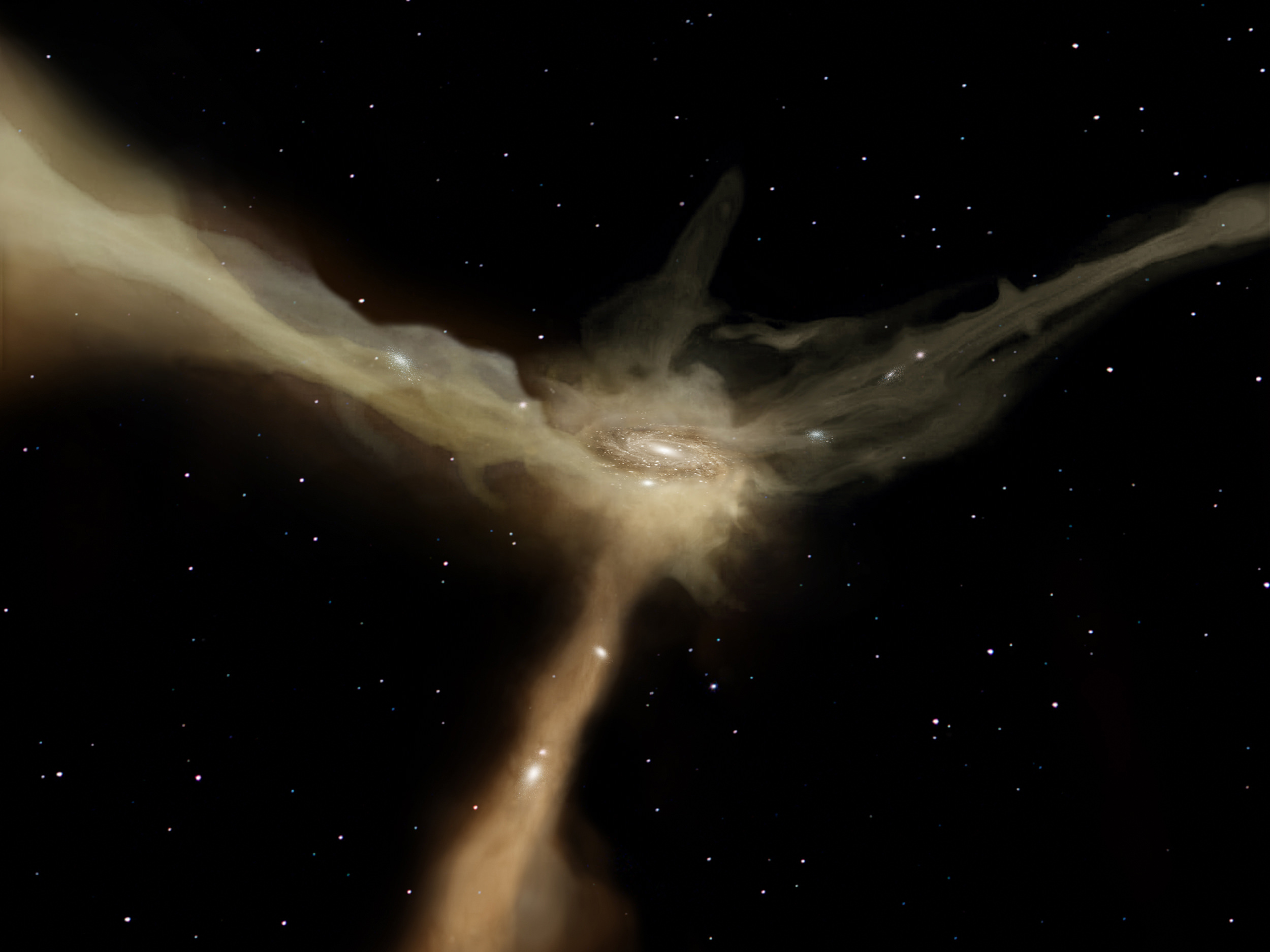Ask most people what a galaxy is made up of, and they’ll say it’s made of stars. Our own galaxy, the Milky Way, hosts between about 100 to 300 billion stars, and we can see thousands of them with our unaided eyes. But most of a galaxy’s mass is actually gas, and the extent of the gas has been difficult to measure.
Researchers have found a way to see how far that gas extends into the cosmos.
Continue reading “The True Size of Galaxies is Much Larger Than We Thought”


